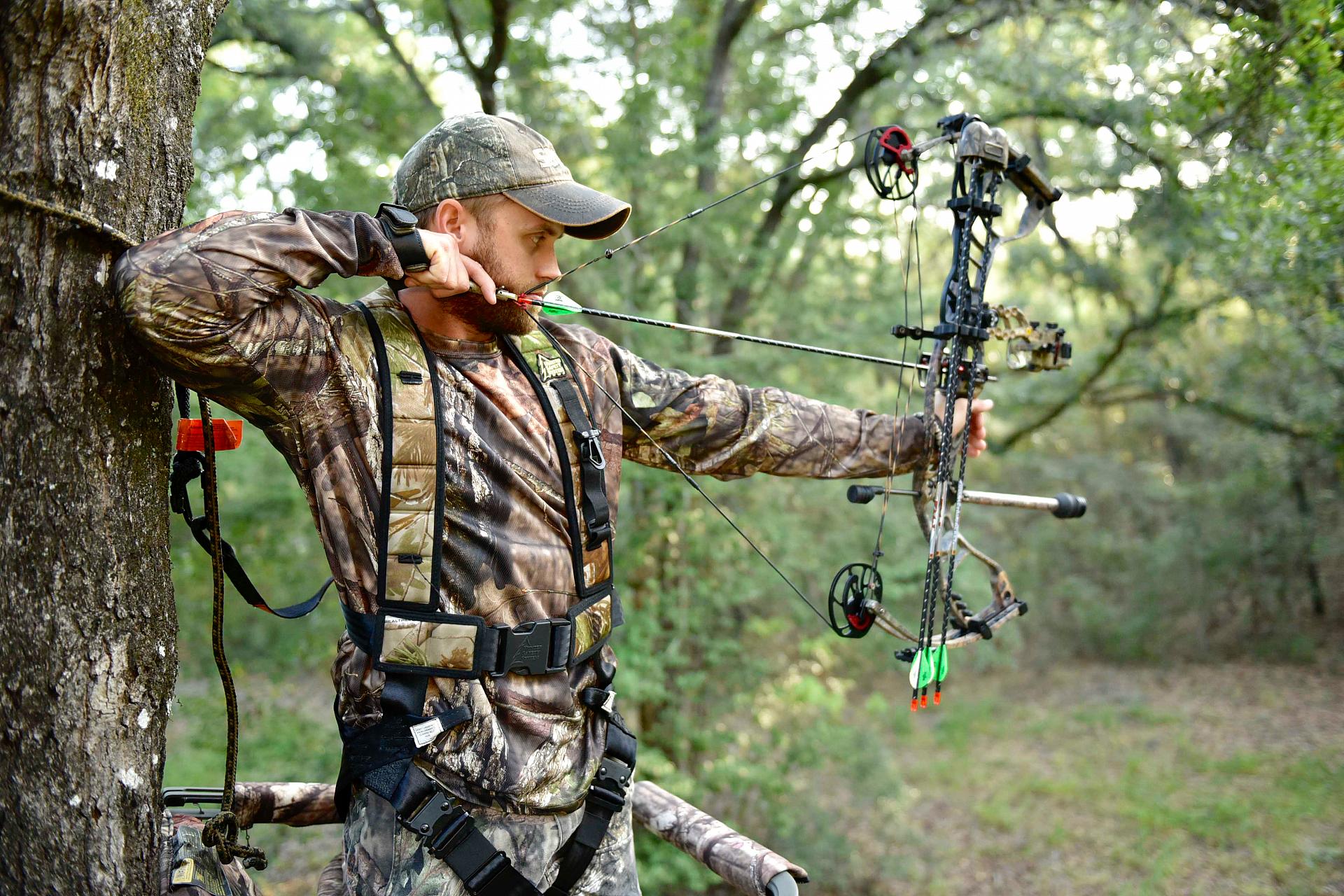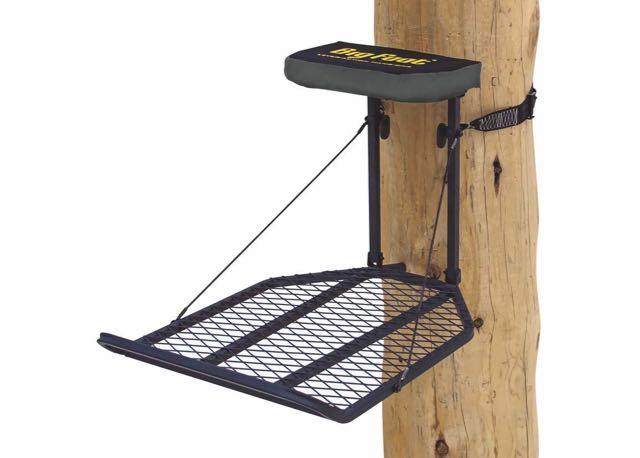High points
For a successful treestand hunt, finding the perfect perch is key
Advertisement
Hunting from a treestand is arguably the most popular bowhunting strategy, and for good reason—it’s productive. That said, some set-ups simply outperform others when it comes to a successful hunt, and understanding why can help guarantee you have a productive perch. It all comes down to wind, game movement and location.
Wind
Advertisement
Scent control is paramount when hunting from any treestand, so you need to consider the prevailing wind and thermals. You might find the best tree around, but if your quarry detects your odour, you may as well have stayed home. If the wind is typically out of the northwest where you hunt, for example, consider a sturdy tree you can access from the southeast. Savvy bowhunters will place several stands they can access according to changing winds. Keep topographical variations in mind, too, because depressions and elevations can reflect thermals in the morning and evening.
Game movement
To create a shot opportunity, the ideal stand should be placed within 20 metres of where you believe your quarry will appear. Since ungulates routinely move between the security of bedding cover and food sources, some hunters place stands at the edge of an agricultural field or clearing. There’s no doubt this can be a prime location to see animals at dawn and dusk, but placing a stand here usually limits you to tight windows of opportunity under low-light conditions.
Advertisement
In my experience, a better option is to set up a stand overlooking a concentration of trail activity, anywhere from 20 to 80 metres inside the staging areas where ungulates mingle before breaking out into the open or heading into deeper cover.
When early-season temperatures hover in the mid- to high 20s Celsius, another great spot to hang a stand is over a watering hole or mineral lick, as bucks and bulls are more relaxed at these familiar sites. To create a good shot opportunity, place your stand along an entrance or exit trail or, better yet, overlooking the most heavily used area of the waterhole or lick.
During the rut, when bucks and bulls travel extensively, pinpoint the most heavily travelled corridor and set up your stand there. White-tailed bucks will also religiously work scrape lines during this prime time. Hang a stand within bow range of an active scrape in November and your odds go way up.
Similar rules apply to other ungulate species during their rut cycle. Bull moose will routinely visit a rut pit during the peak breeding period, for example, providing another perfect stand location. The key lies in placing your stand where you know bucks or bulls will travel as they search for hot does or cows.
Location
When possible, avoid placing treestands in wide-open deciduous trees. Instead, capitalize on the heavy camouflage of large conifers. Some of my best-positioned bowhunting stands have been mounted five metres up a big old pine tree, smack dab in the middle of an active mineral lick. Sitting in these locations all day has given me multiple shot opportunities during the early season.
My most productive deer stand is located in the heart of a 400-acre woodlot, between several heavily used intersecting trails, far from the nearest field. Here, the deer are undisturbed, moving freely to and from their bedding areas. And during the November rut, the corridor teems with life as daytime movement becomes even more visible. Even still, the location took some grooming once I’d honed in on the area with the most consistent movement. I cleared away the branches above and to each side of the stand for maximum visibility and manoeuvrability, and positioned the seat at a 45-degree angle to the most travelled trail. The result? The perfect treestand location.
Edmonton contributor Kevin Wilson will spend much of this fall up a tree.
Chair choices
I know bowhunters who favour climbing stands and ladder stands, but I prefer lightweight and portable commercial lock-ons. Fast and easy to set up, they can be carried into the field on my back or in one hand. They’re solid, complete with a roomy platform, allowing me to manoeuvre safely and quietly when I’m in the tree.


